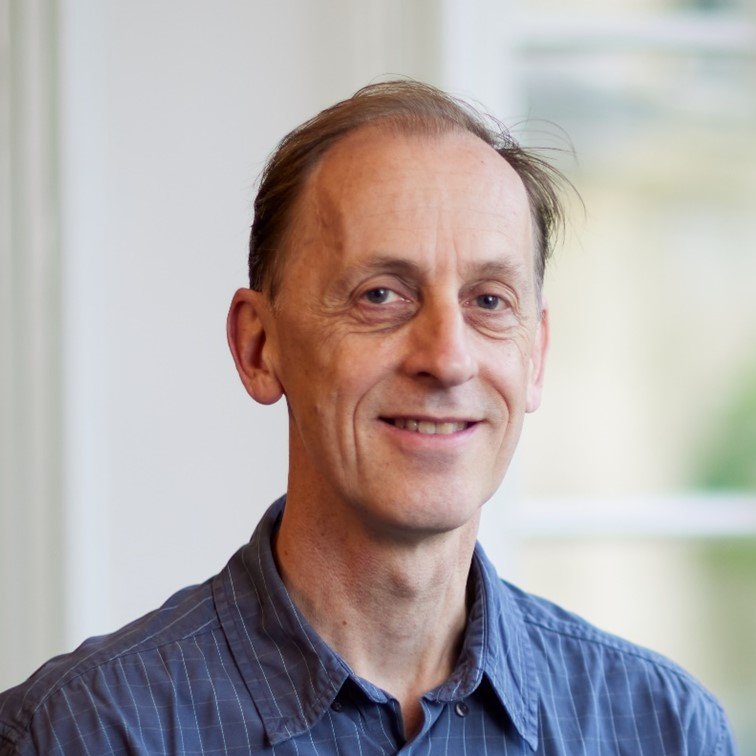Lots of positives and exciting science at the kick-off for LINXS' Quantum Materials theme
Theme members and supporters of LINXS’ theme Quantum materials: Linking theory and experiments at LINXS, ESS and MAX IV, QMat, pictured at LINXS in November 2024.
LINXS’ theme Quantum materials: Linking theory and experiments at LINXS, ESS and MAX IV, QMat, brings together experimentalists and theoreticians with common interests in quantum materials to identify new opportunities in quantum materials research at the ESS and MAX IV. In November, the theme started off its activities with a kick-off at LINXS.
Professor Andrew Boothroyd is theme leader and Professor of Physics at the University of Oxford.
Professor Andrew Boothroyd, theme leader, and Professor of Physics at the University of Oxford explains that the kick-off had three aims:
– First, to allow members and supporters of the Theme to get to know each other. Second, to hear about some of the scientific interests of the early-career scientists who attended. Third, to aid with planning of the Theme by collecting ideas about potential Theme activities.
Around 45 people came to the event. About one quarter were from Lund University, and a quarter were from universities and institutions from Denmark. The other participants were from the ESS, MAX-IV, other Swedish universities, the UK and Germany.
– I am especially glad that there was a healthy representation from early-career researchers such as PhD students and postdocs since we want to involve these groups actively in our theme, says Andrew Boothroyd.
The meeting brought many positives
During the meeting, early career scientists presented their interests in the form of a series of five-minute speed talks. Future strategies and activities were discussed in break-out groups, who reported back to the meeting.
Andrew Boothroyd takes away a lot of positives from this first theme meeting.
– The participants engaged in the activities and mixed well. A long list of ideas for future networking and educational activities were discussed, which was great!
Many exciting activities planned for the coming months!
The leaders of the respective working groups: WG1. Ab initio modelling, WG2. Strong electronic quantum correlations, and WG3. Topological quantum materials, will now take forward some of the ideas from the kick-off.
Planned activities include a meeting to identify grand challenges in their fields, an educational meeting on ab initio methods for early-career scientists, an initiative to give early-career scientists a taste of a synchrotron experiment, and setting up an online group chat to facilitate networking.
Read more about Quantum materials: Linking theory and experiments at LINXS, ESS and MAX IV, QMat


